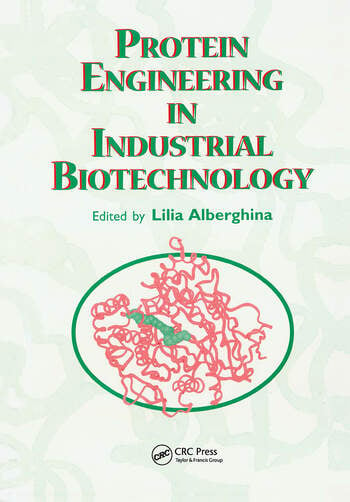Industrial Biotechnology Ebook Pdf Downloads

Christoph Wittmann, James C. Liao – Industrial Biotechnology: Microorganisms Published: 2017-04-10 ISBN: 352734179X PDF 792 pages 9.94 MB The latest volume in the Advanced Biotechnology series provides an overview of the main production hosts and platform organisms used today as well as promising future cell factories in a two volume book.
Biotechnology Pdf Free Download
Microalgal Biotechnology presents an authoritative and comprehensive overview of the microalgae-based processes and products. Divided into 10 discreet chapters, the book covers topics on applied technology of microalgae. Microalgal Biotechnology provides an insight into future developments in each field and extensive bibliography. This short paper is based on the OECD publication, “The Application of Biotechnology to Industrial. Working Party on Biotechnology contributed to this primer which was prepared by the Chairman of the. Task Force, Dr. Web site: www.oit.doe.gov/agriculture/pdfs/ag25945.pdf. Download, copy and build upon published articles even for commercial purposes, as long as the author and publisher. Environmental Biotechnology - New Approaches and Prospective Applications, Edited by Marian Petre. Me, once again, to bring my professional contribution, both as book editor and chapter author.
Alongside describing tools for genetic and metabolic engineering for strain improvement, the authors also impart topical information on computational tools, safety aspects and industrial-scale production. Following an introduction to general concepts, historical developments and future technologies, the text goes on to cover multi-purpose bacterial cell factories, including those organisms that exploit anaerobic biosynthetic power. Further chapters deal with microbes used for the production of high-value natural compounds and those obtained from alternative raw material sources, concluding with eukaryotic workhorses. Of interest to biotechnologists and microbiologists, as well as those working in the biotechnological, chemical, food and pharmaceutical industries.The latest volume in the Advanced Biotechnology series provides an overview of the main production hosts and platform organisms used today as well as promising future cell factories in a two volume book. Alongside describing tools for genetic and metabolic engineering for strain improvement, the authors also impart topical information on computational tools, safety aspects and industrial-scale production.
As an industry, biotechnology may be likened to the Hymn Book, being both ancient and modern. Whereas activities such as baking, brewing, the fermenting of foods date from our earliest attempts to control and utilise the environment, the application of recombinant DNA technology is recognised as being at the forefront of novel industrial development. Perhaps because of its association with processing foodstuffs together with the benefits derived from applications in the early organic chemistry and pharmaceutical industries, biotechnology has been regarded as being inherently safe. Yet unlike other modern industries, such as chemical and nuclear, where regulation has followed from incidents or accidents, modern biotechnology has been subject to close scrutiny and regulation almost from its inception. The process of regulation itself is somewhat unusual in that it was initially self-imposed by the very scientists who developed the fundamental techniques of recombinant DNA technology. They recognised the signific ance of their development but were concerned of the effects on humans and the environment of uncontrolled application of the new, powerful technology.

Concern about the possible consequences of genetic manipula tion has undoubtedly been the driving force behind the regulations that are now in place in many parts of the world and which are the subject of this book. Safety issues in the biotechnology industry can be categorised under three headings: worker, environmental and consumer (product) safety.